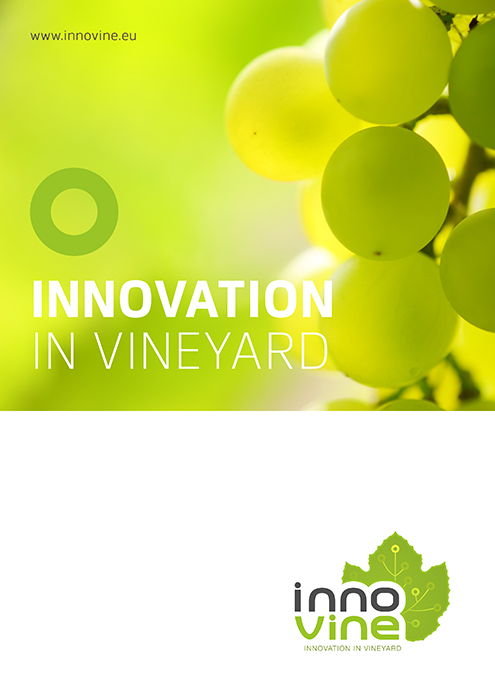How can The Innovine Project help vineyard growers throughout the EU develop better quality vines in a world where climate change is a key challenge?
The Innovine Project is an EU project that aims to develop a better understanding of the impact of vineyard practices and the tools and genetic resources needed to better adapt to climate change. The project led to a better understanding of various stresses alone, or in combination, on grapevine physiology and berry composition in the context of climate change.
The European Union is the largest wine producer, consumer, exporter and importer in the world. The EU has almost half of the world total vine-growing areas and 60% of the global wine production. At present, the EU win sector faces important challenges with the increasing world supply, the decreasing domestic demand, and the diminishing public support.
To face this increasingly fierce competition, the European wine sector must combine structural improvements with competitiveness reinforcement by replacing low-quality vines with better and diversified vines. Berry quality has a huge impact on the composition and quality of the final product and is influenced by many parameters such as vineyard management, viticultural practices, sanitary quality and varieties. Each aspect needs to be adapted and improved to optimise the composition of the wine and reach the quality desired for customers. The quantity and quality of grapevine production is highly influenced by two environmental components, the climate and the soil.
The Innovine Project has enlightened two major subjects on which researchers, extension services, technical advisors and service providers will have to focus their future work to better assist grower’s decisions towards a more sustainable viticulture. The first one is diversification of the varieties planted and the second is the delivery of an integrated set of user-driven services, which will assist grower’s decisions along the season.
These future developments will hopefully be stimulated and supported by the important efforts if dissemination towards producers, growers, advisors and policy makers of the partners.


